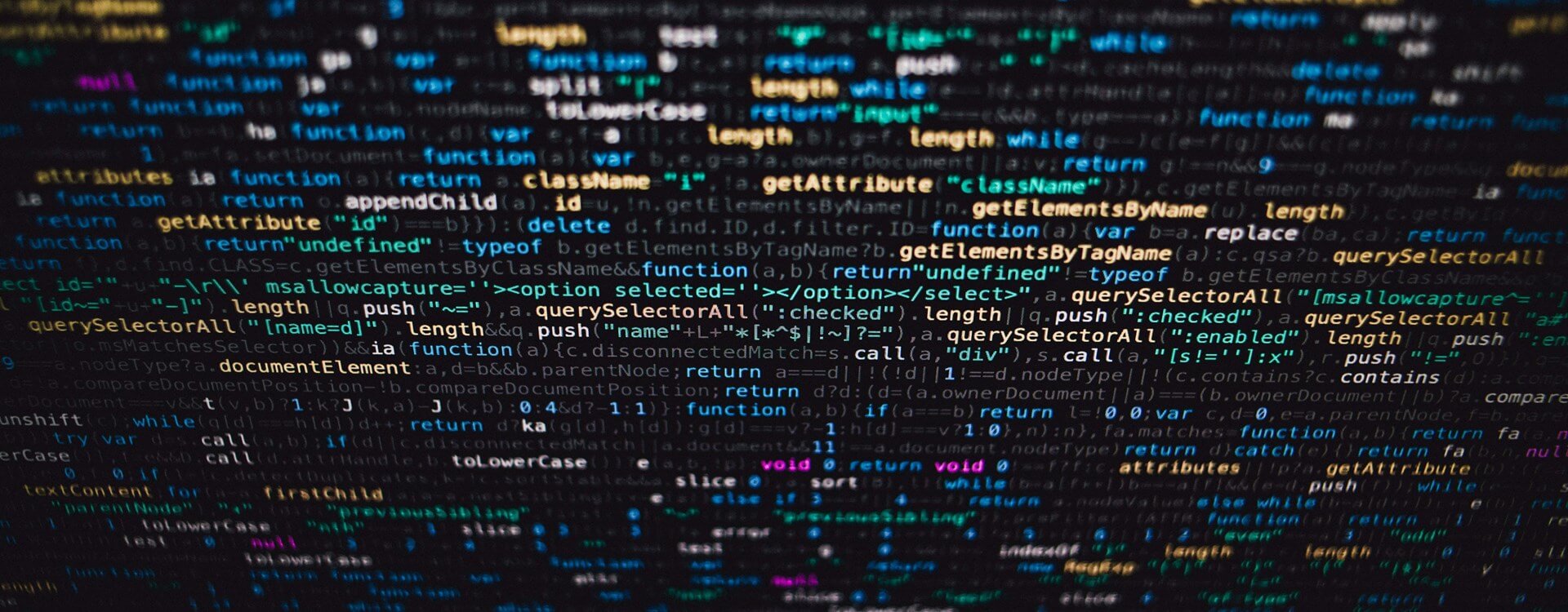Highlights
Table of Contents
Explore article topics
Intro
High-end technologies are already used to make old actors look young and create more movies with our favorite characters. We are getting used to our favorite actors being young forever, thanks to modern technologies. The future even holds immortal digital actors for us, sounds like magic, but that’s the direction the industry is heading right now.
The film industry is still at the dawn of the AI era. Some view AI as a threat but others as an opportunity. But maybe, it is not a competitor but a great tool to empower our productivity and creativity? It’s something like an assistant that helps you speed-up mundane tasks, for example, in video editing or budgeting. Let’s discuss what the future of the film industry holds for you.
Pre-production
You probably heard of Cinelytic. Warner Bros. corporation is already adapting to the new possibilities. According to the Cinelytic team, their system can predict movie success based on the script. It can also determine how valuable is an actor in different regions and how their appearance will contribute to the success of the movie. It is capable of predicting the box office in theaters and on other streaming platforms. Well, such a system may be a handy tool for the executive producer.
What is next? You simply give a written script to an AI and It will help to understand the number and type of actors, the number of locations, costumes, number of scenes with phone calls, number of personal dialogues and much more. So, producers won’t start from scratch anymore while estimating expenses and timing. AI will provide a draft estimation even before they start thinking about the project.
Production
The tech is a game-changer for this step, too. It’s a well-known fact that a part of the 2011 blockbuster Avengers was filmed on a smartphone. In 2020, a hip director of production uses 10-15 mobile apps to manage the shooting. And that’s essential. Gaffers use a lot of apps to set up lighting straight from the smartphone or tablet.
Let’s imagine that in several years, a smart speaker will be a common practice on the filming set. Basically, it will be an additional member of the filming crew. The speaker will help the 1st assistant director to control the observance of timing and give the necessary reminders to each member of the team during filming, as well as record notes in order to suggest the most successful takes during editing.
Even more, let’s look at Jon Favreau’s “The Mandalorian,” where a game engine was used as a tool to create stunning environments. The crew built LED video walls on the filming location that were displaying some pre-rendered content and being filmed to provide in-camera composites. Furthermore, there was an opportunity to change the perspective and the environment depending on camera position and lens.
The technology helps to do quick turnarounds on a TV schedule and budget and also provides a major benefit to the actors and the crew. For example, it helps visual effects supervisors to create the final look of the scene.
Get unlimited high-quality music for your videos
Post-Production
Post-production traditionally has been a bottleneck for the industry. One day of shooting is about five days of editing. Even when Adobe makes it simpler to edit (easier to eliminate shake, easier to remove/add an object, etc.), the editing process is still time-consuming. That’s because the concept of editing didn’t change that much over the past 20 years. AI will change the rules in editing faster than we expect it.

We are already observing changes here. Recently we have found one of the pioneers of a new approach to professional video editing – NAÏVE Software (Neural Artificial Intelligence Video Editor). This small startup is an alumnus of 500 Startups Acceleration program and they’re changing the way we used to edit videos. The idea of the concept is pretty simple – the user uploads all raw footage to the desktop app, and AI sorts all the materials defining shaky moments, overexposure and motion blur. The application uses CPU only and after processing, you get clean footage suitable for editing. Guys from NAÏVE claim that you won’t need to spend time on defective frames anymore – AI will find it for you. Moreover, they say that the software will have the ability to learn the selection preferences of the editor and adapt to them. It looks like the first step towards a personal AI video assistant. Intriguing.
Outro
Camera operators and gaffers spend less and less time with heavy equipment. They look more like tech guys now. Producers use big data, making decisions based on algorithm predictions. Video editing is becoming more automated – technologies kill mundane processes here.
Although the processes are simplified, the requirements for the professionals become higher and higher. The biggest challenge here is our possibility to adapt – the willingness to accept new things and instantly learn.
Share this article
Did you find this article useful?
Related Posts
Latest Posts
- 25 Apr
- By Josh Edwards
- 4 MIN READ
